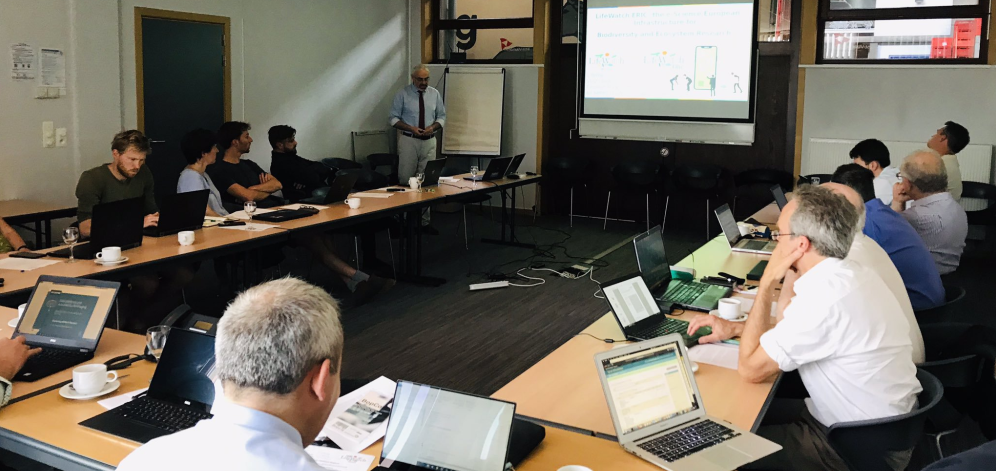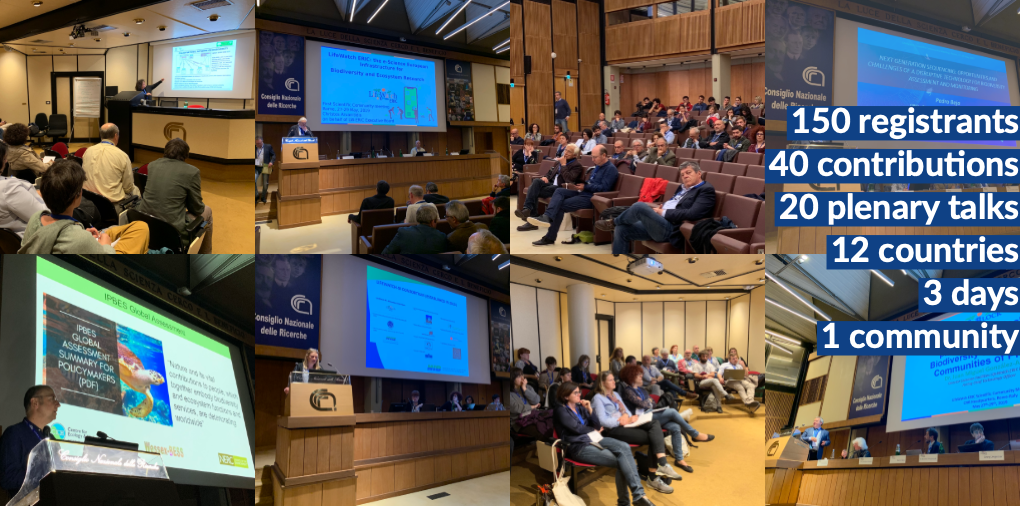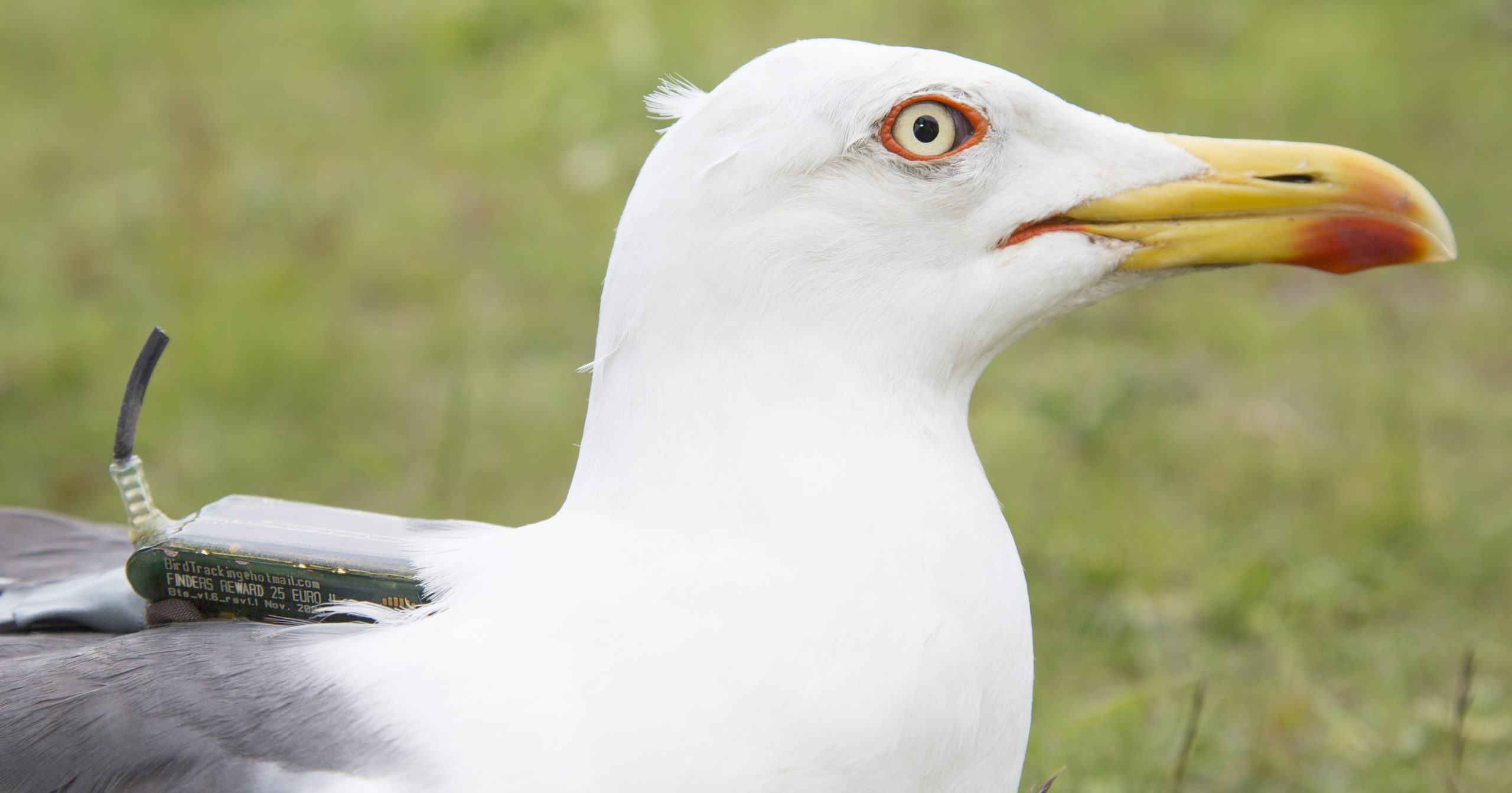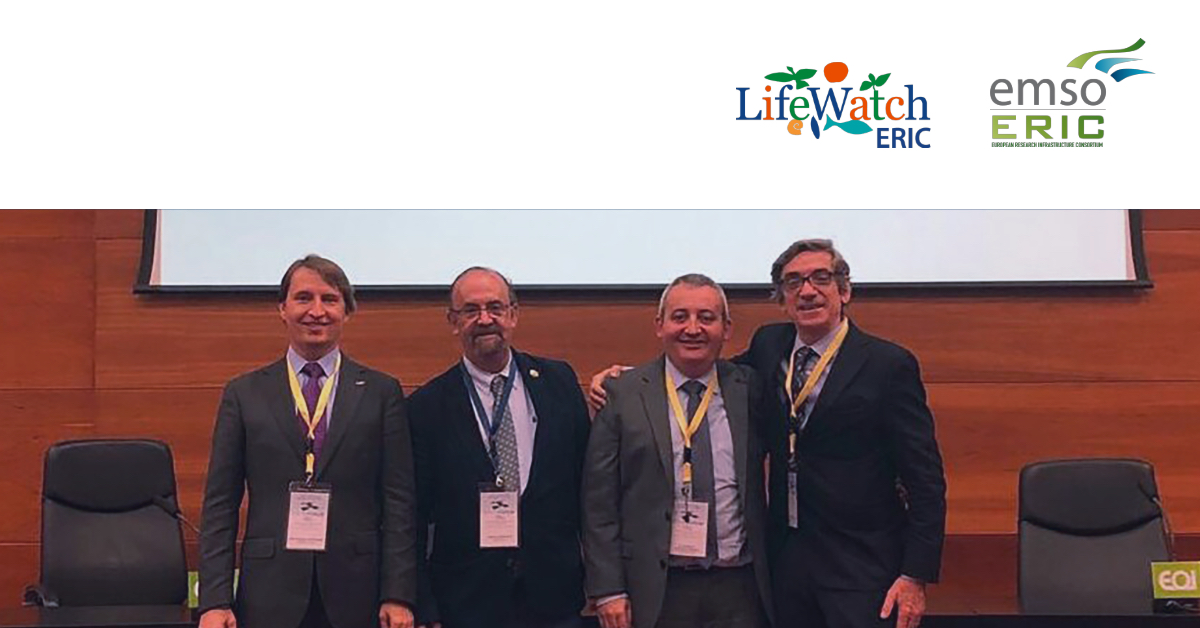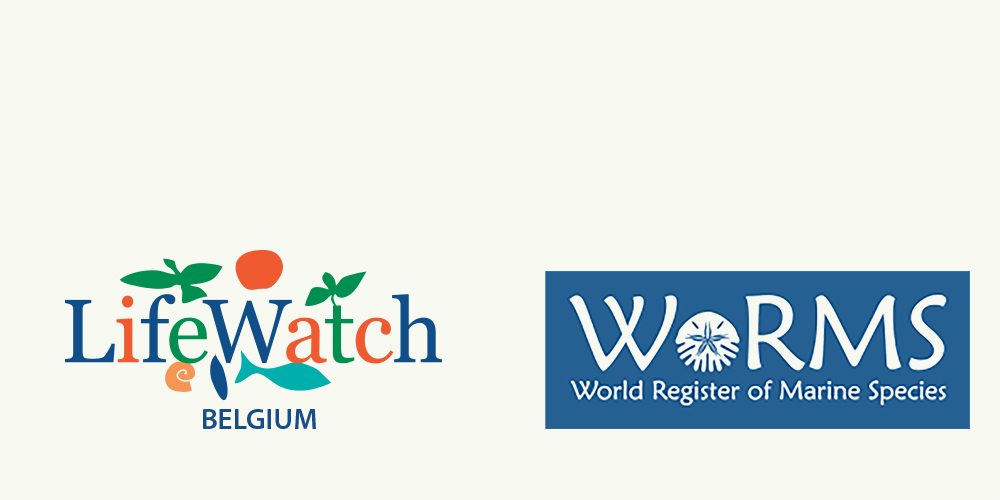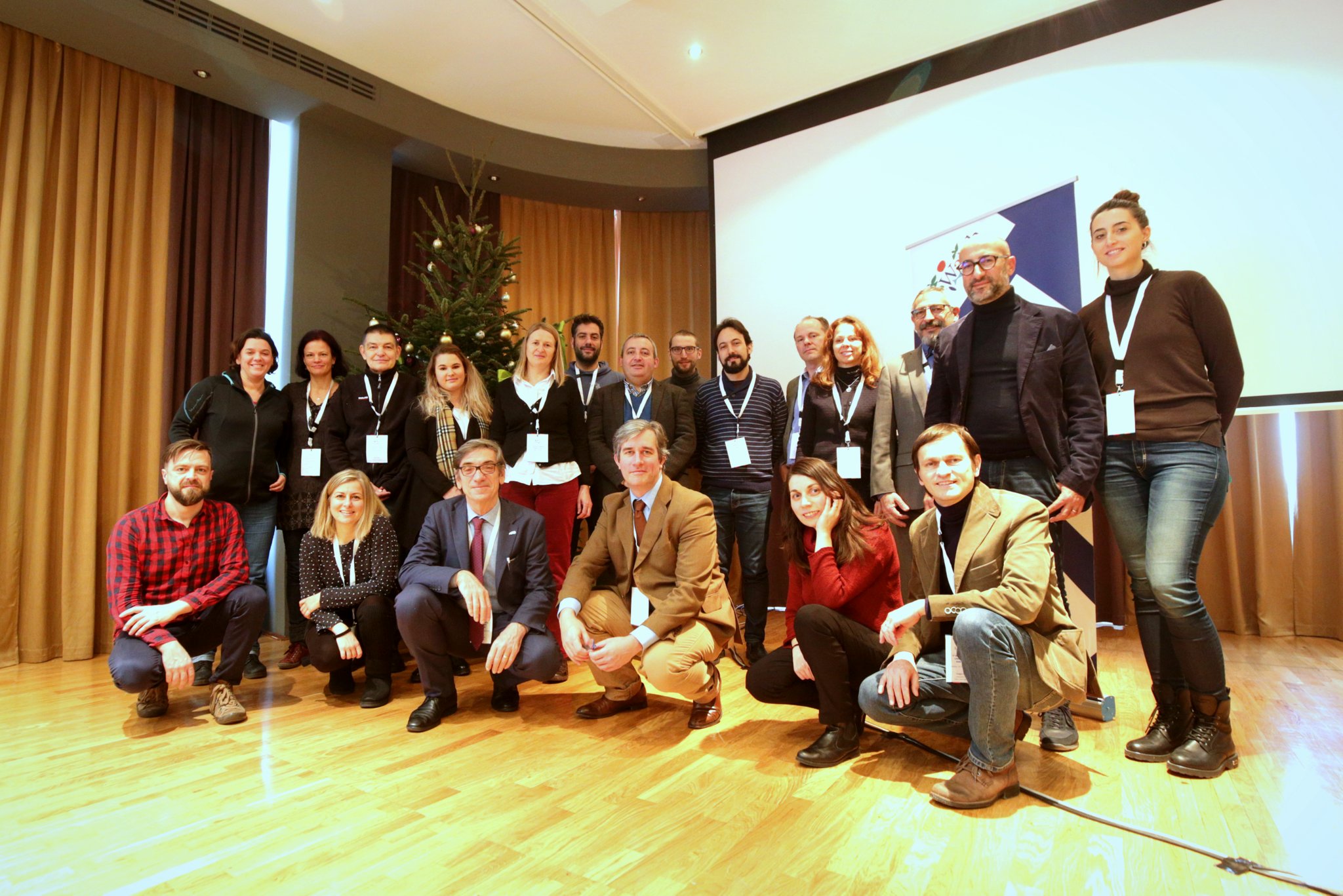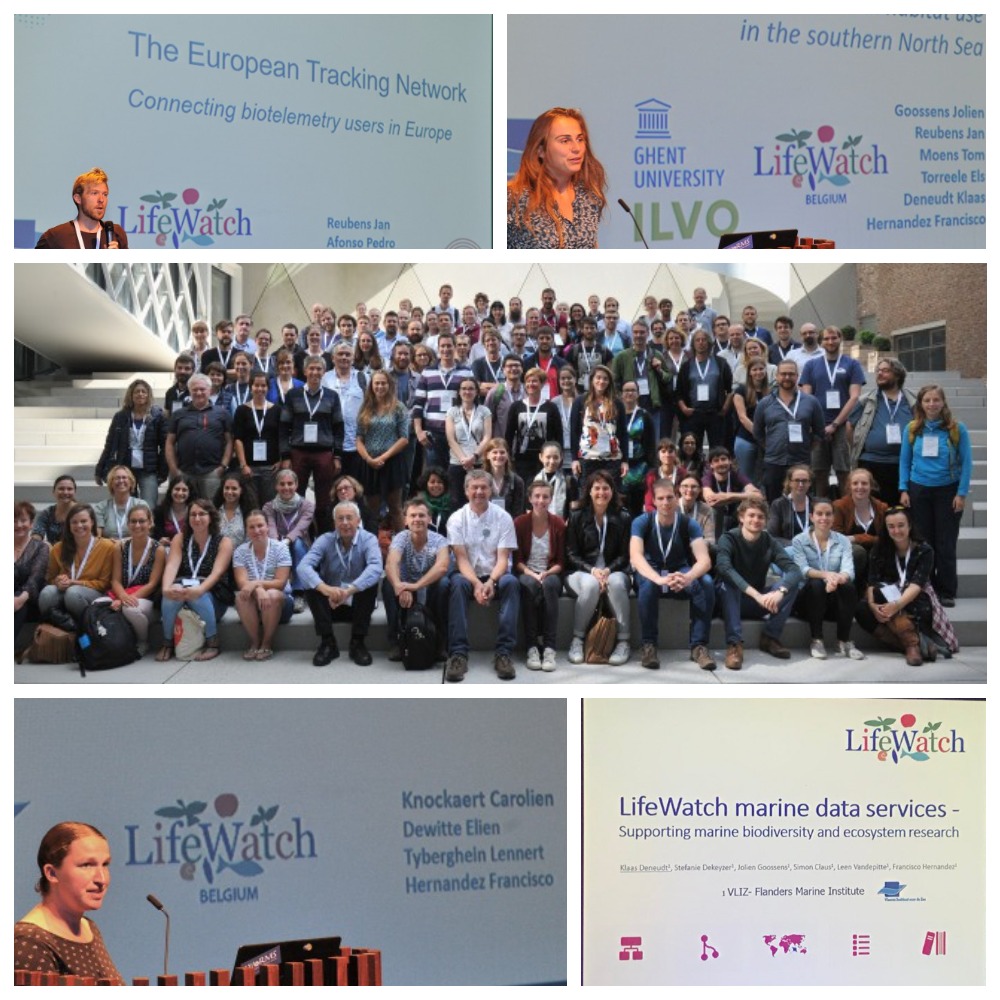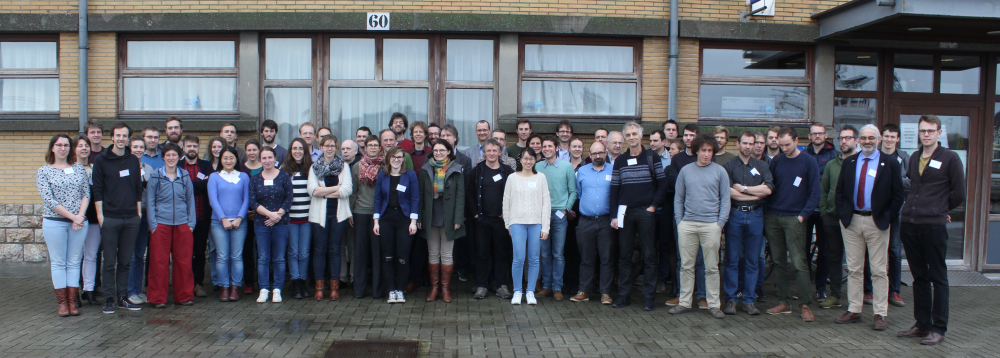LifeWatch ERIC & EMSO ERIC sign MoU
LifeWatch ERIC and the European Multidisciplinary Seafloor and Water-Column Observatory (EMSO ERIC) recently signed a Memorandum of Understanding (MoU) to strengthen cooperation between the two infrastructures. They have agreed to join forces in designing and implementing ambitious joint research projects and collaborative initiatives, which will result in positive outcomes for the both related research areas. The MoU was signed by Jesús Miguel Santamaría, for LifeWatch ERIC, and Juanjo Dañobeitia, for EMSO ERIC.
With the MoU, LifeWatch ERIC and EMSO ERIC commit to fostering the use of common standards and protocols, exploring opportunities to further promote common free open access data and software policy, and advancing interoperability. They will establish synergies with the European Open Science Cloud (EOSC), Copernicus and other pan European-international programmes and initiatives, and identify and implement collaborative projects of mutual interest.
In greater detail, the two infrastructures will collaborate on the definition, development and integration of new parameters, instruments and methods for multi-disciplinary observation, addressing either biotic or abiotic parameters. They will also initiate joint actions to promote Ocean Literacy, and launch the new Citizen Science programmes.
Moreover, LifeWatch ERIC and EMSO ERIC will work together to lobby and advise government policy makers and funding bodies on environmental Grand Challenges themes, reinforce industry liaisons, and establish a mechanism to secure their continued maintenance and improvement of cooperation to meet common goals.
LifeWatch ERIC and EMSO ERIC are already operational and working to establish within the next three months, as a first step, a Joint Monitoring Committee (JMC), which will draft an action plan identifying specific research or technology development areas for collaboration.
ABOUT LifeWatch ERIC
LifeWatch ERIC is a European Infrastructure Consortium that provides e-Science research facilities to scientists who seek to increase our knowledge and deepen our understanding of Biodiversity organisation and Ecosystem functions and services. It is a distributed research infrastructure with central components, Common Facilities, located in three Member States, and national branches in six countries.
LifeWatch ERIC’s purpose is to tackle the constraints affecting research activities and the pressing need for increasingly diverse data sets and larger and more advanced models. Through the use of open data and open science clouds, LifeWatch ERIC makes it possible to explore new frontiers in ecological science and support society in addressing the challenges ahead. LifeWatch ERIC avails itself of High-Performance, Grid and Big Data computing systems, and develops advanced modelling tools to implement management measures aimed at preserving life on Earth.
Contact details
Sara Montinaro
sara.montinaro[@]lifewatch.eu
+39 0832 29 48 18
ABOUT EMSO ERIC
The European Multidisciplinary Seafloor and water-column Observatory (EMSO) is a European Research Infrastructure Consortium (ERIC) which provides data infrastructure for continuous, high-resolution, (near-)real-time, ocean observations across a multidisciplinary range of research including biogeochemical, physics, engineering, and computer science. EMSO – a large-scale environmental European Research Infrastructure (RI) on the ESFRI Roadmap – analyses the water column from the surface down to the abyss and the sub-seafloor, and from polar to subtropical environments. It has eight deep-sea and three shallow Regional Facilities, deployed across the North Atlantic and through the Mediterranean to the Black Sea. EMSO makes fundamental contributions to our understanding of key environmental processes like climate change, marine biodiversity and natural hazards, and in the long-term vision of creating the European Ocean Observing System (EOOS) will play a key role providing on site observations for the COPERNICUS earth observation program.
Contact details
Alessandra Giuntini
alessandra.giuntini[@]ingv.it
+39 06 51860644
